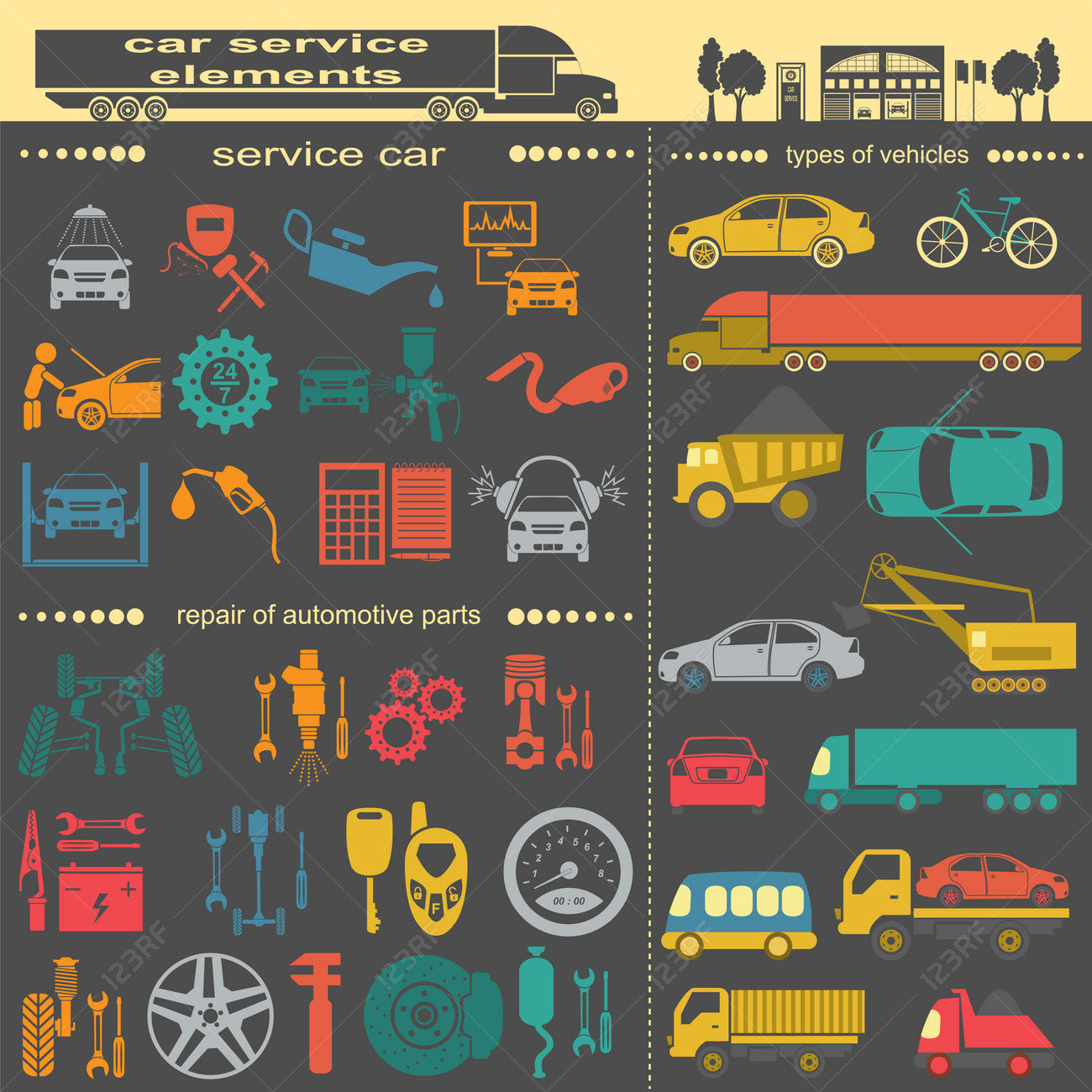A Beginner'S Manual For Interpreting Your Vehicle'S Alert Lights
A Beginner'S Manual For Interpreting Your Vehicle'S Alert Lights
Blog Article
Write-Up By- mouse click the next page
When you lag the wheel, those little warning lights on your vehicle's dashboard can be fairly complicated. What do they indicate, and should you be concerned? Understanding these signals is vital for your vehicle's well-being, however it doesn't have to be a daunting task. By deciphering the mystery behind each light, you'll be outfitted to manage possible issues properly and maintain your cars and truck running smoothly. So, next time a warning light flashes, do not panic - arm yourself with understanding and take control of the situation.
Value of Vehicle Caution Lights
Understanding the relevance of your automobile's caution lights is critical for keeping your vehicle's health and wellness. These lights work as your car's interaction system, informing you to potential problems that can endanger your security when traveling or cause costly repair services if overlooked. By paying attention to these warnings, you can attend to problems early and prevent additional damage to your automobile.
Overlooking cautioning lights can result in severe consequences, such as engine failure, brake malfunctions, or even accidents. These lights are created to alert you of problems ranging from reduced tire stress to engine breakdowns, giving you the possibility to take action prior to the circumstance worsens. Regularly inspecting and recognizing these warnings can conserve you time, money, and guarantee your safety and security while driving.
Along with maintaining you secure, reacting quickly to cautioning lights can also help extend the life expectancy of your vehicle. By resolving problems beforehand, you can prevent tiny problems from escalating into major repair services, inevitably conserving you money and time in the future. Keep in mind, your cars and truck's warning lights are there for a factor - don't ignore them!
Common Warning Lights and Meanings
When it comes to driving your cars and truck, being aware of typical warning lights and their meanings is vital for your safety and automobile upkeep. Here are https://brakerepairnearme17394.bloggerchest.com/29144284/start-your-puncture-change-by-assembling-the-key-tools-and-taking-that-critical-initial-step-keep-reading-for-ideas-to-make-certain-a-smooth-trip-back-to-driving may experience:
1. ** Examine Engine Light **: This light shows an issue with your engine. Maybe something minor like a loose gas cap or something much more serious like engine misfiring.
2. ** Battery Light **: This light signals an issue with your car's billing system. elevator mechanic can show a faulty battery, generator, or various other associated components.
3. ** Oil Stress Light **: When this light comes on, it indicates your engine may be running low on oil or experiencing reduced oil stress, which can cause engine damages otherwise resolved quickly.
4. ** Brake System Light **: This light suggests a concern with your braking system. It can indicate reduced brake liquid levels or an issue with the brake system that calls for immediate focus.
Understanding these typical warning lights will certainly assist you recognize possible issues early on and protect against more considerable problems in the future.
Exactly how to Reply To Warning Lights
On the occasion that a warning light illuminates on your cars and truck's control panel, it's critical to react without delay and properly. When a caution light comes on, the primary step is to consult your owner's handbook to understand the particular issue suggested by the light.
Some lights require immediate interest, while others may suggest a much less urgent issue. If the warning light is red or blinking, it's commonly an indication of a significant issue that requires immediate activity. In such situations, it's recommended to pull over safely, switch off the engine, and seek expert help.
For yellow or orange caution lights, while they may not require prompt interest, it's still vital to deal with the underlying issue without delay to prevent additional damages. Regular maintenance and inspection can aid avoid alerting lights from beginning suddenly.
Final thought
Finally, understanding your cars and truck's warning lights is essential for keeping your vehicle's health and safety. By frequently inspecting and reacting to these cautions, you can deal with prospective concerns early and stop pricey repairs or safety and security risks. Keep in mind to consult your proprietor's manual for details on various warning lights and always take immediate action for red or flashing lights. Remain proactive and keep your vehicle running smoothly!
